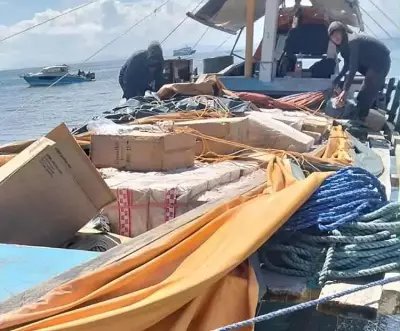
Cebu's tourism sector, once a powerhouse in the Philippine travel industry, continues to face an uphill battle in its post-pandemic recovery journey. Despite gradual improvements, visitor numbers remain significantly below pre-COVID levels, prompting tourism stakeholders to develop comprehensive strategies for revitalization.
Current Tourism Landscape
The latest data reveals a sobering reality: Cebu welcomed approximately 2.4 million visitors in 2023, a figure that pales in comparison to the 5.6 million recorded in the pre-pandemic era of 2019. While this represents progress from the pandemic lows, it underscores the substantial ground still to be covered.
Strategic Recovery Initiatives
Tourism officials have identified several key areas requiring immediate attention and investment:
- Infrastructure Enhancement: Improving airport facilities, transportation networks, and tourist amenities to provide seamless travel experiences
- Marketing Innovation: Developing targeted campaigns to attract both domestic and international markets
- MICE Development: Strengthening Cebu's position as a premier destination for meetings, incentives, conferences, and exhibitions
- Sustainable Practices: Implementing eco-friendly tourism models to preserve Cebu's natural attractions
Challenges and Opportunities
The road to full recovery presents both obstacles and potential growth areas. Key challenges include addressing infrastructure gaps, competitive regional pricing, and evolving traveler preferences. However, opportunities abound in niche markets such as medical tourism, dive tourism, and cultural experiences that showcase Cebu's rich heritage.
Future Outlook
Industry leaders remain cautiously optimistic about Cebu's tourism prospects. With coordinated efforts between government agencies, private sector stakeholders, and local communities, Cebu has the potential not only to recover lost ground but to emerge stronger and more resilient than ever before.





